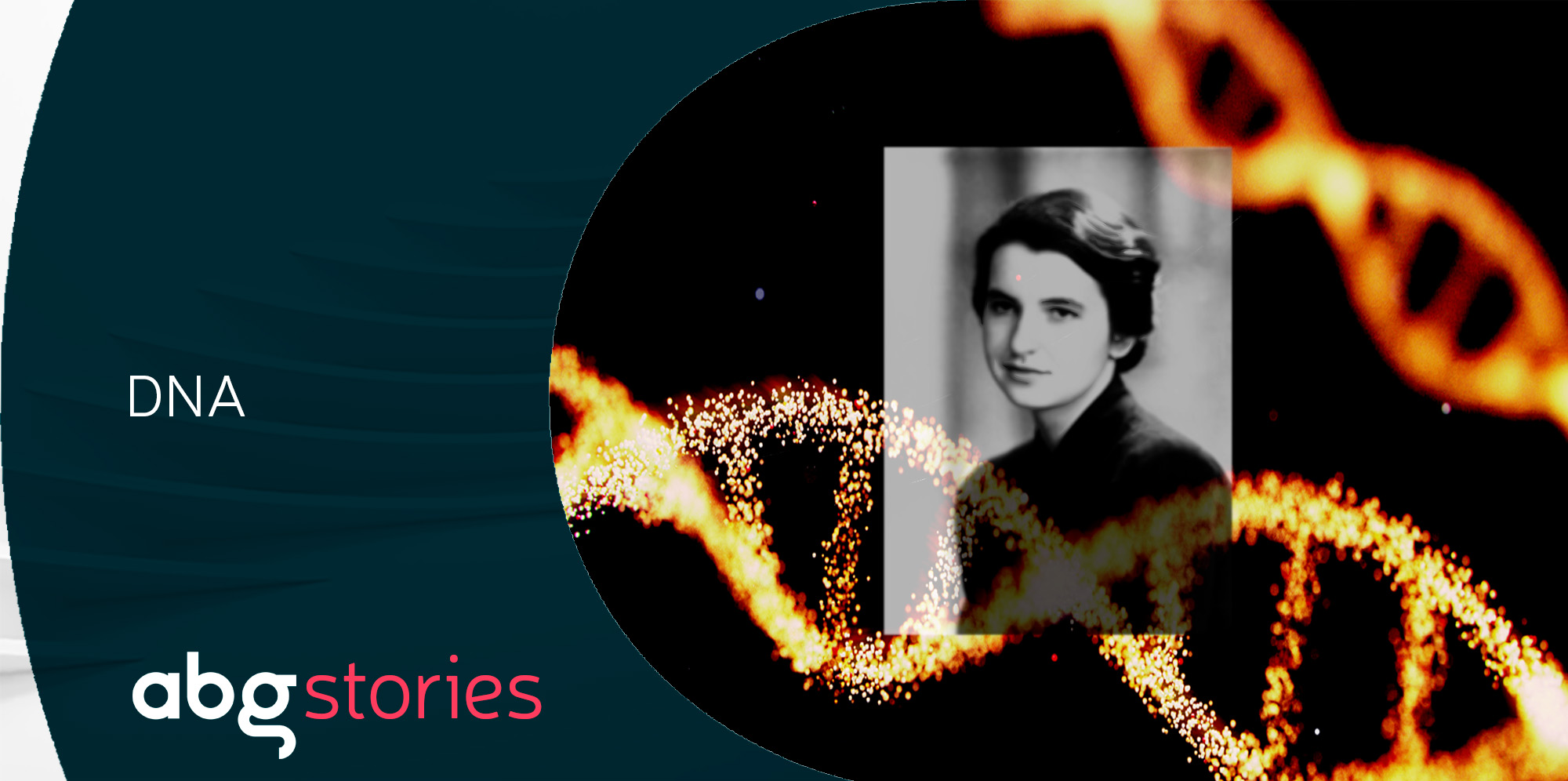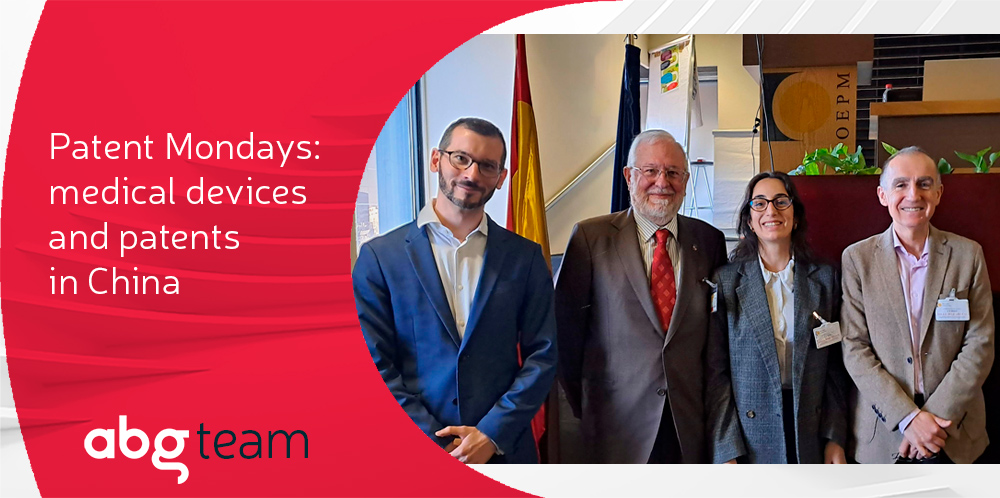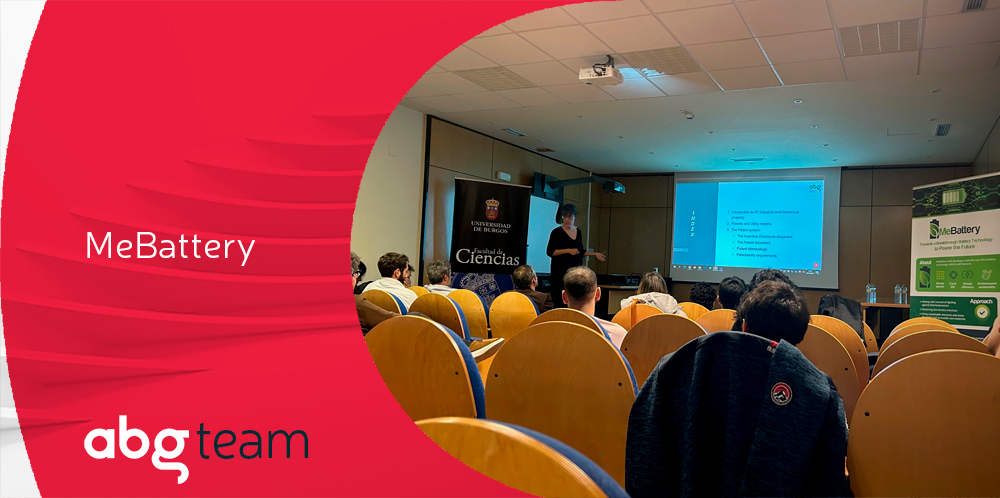Lady DNA
If we must render unto Caesar the things that are Caesar´s… then we must render unto Rosalind, the things that are Rosalind’s.
This is the story of a brilliant mind which, thanks to the passage of time – that element that affects all of us equally and always puts things in their place -, is creeping out of the shadows cast over her by gender prejudice.
The knowledge that we have today of carbon, the behavior of certain viruses and, above all, of our own DNA (deoxyribonucleic acid) would not exist as such without the work of the British chemist and biophysicist, lady Rosalind Elsie Franklin.

Pioneer
On 25 July 1920, the London neighborhood of Notting Hill welcomed into the world our protagonist, who from an early age showed a passion for science. Her fervor was met with parental disapproval; mind you we are referring to a time when neither physics nor chemistry were considered women’s subjects. However, the adolescent Rosalind managed to make her way by sheer determination and discipline. Her reward was double: she managed to change her father’s mind and consolidated her role as a scientific pioneer.
In 1941, already a student at Newnham college – the second college of the University of Cambridge to admit women- she graduated with a degree in Natural Sciences (specialising in Chemistry). This was a major milestone, achieved seven years before women were considered full members at Cambridge University, which finally happened on 27 April 1948.

It was precisely at that time in her life when the young researcher began express her opinion and raise awareness of equality between women and men. Her push for equal opportunities was not well received by several of her colleagues, her most notorious conflict being with Chemistry Nobel laureate, Ronald G. W. Norrish. Rosalind ended up leaving the research team led by her senior. However, it didn’t take long for her to begin to fight the friendly fire with the most powerful of her weapons: research.
God Save the Queen...of Chemistry & Materials
While half the world was showing its most irrational side in World War II, Rosalind found the laboratory to be the perfect refuge. Among the microscopes and test tubes, the researcher developed a passion for materials that would lead to a revolutionary study of coal.
While analysing the structure of the mineral, she found that there was a close relationship between its porosity and the temperature of the carbonisation process; the higher the temperature, the smaller the pores.

Focusing on this relationship, she saw a similarity to gas molecules, which led her to use them as filters for separating molecules. The result of her research was an unprecedented classification of coals.
Franklin’s discoveries were a goldmine for the British Coal Utilisation Research Association between 1942 and 1945. The same year that the war came to an end, Rosalind received a PhD in Physical Chemistry and expanded the frontiers of her work, travelling to Paris.
In the French capital, she became familiar with the technique of X-ray diffraction (the deviation of rays when encountering an obstacle), which allows the three-dimensional structure of crystals to be determined. This is how Rosalind began her journey on the path of crystallography. Deciphering the structure of DNA was to be her grand finale.
A double-stranded helix and a first degree robbery
1951. Rosalind returns home. Our beloved Perfidious Albion would be both her consecration and the rock that would plunge her, just like Virginia Woolf, into the abyss of oblivion for decades.
At King’s College, Rosalind managed to capture the essence of DNA in a never-before-seen resolution.

When Instagram was not even a prototype, the English lady came, saw and conquered and slipped one into the upper corner of science’s goals, with even more precision than Lineker. This was made clear during the talk she gave to her colleagues before the end of that year.
The results of her work created as much admiration as envy, the latter of the two being highly present in her two nemeses: James Watson and Frances Crick. Both these men spent much of the first half of the 1950s using the studies and breakthroughs of the genius in the shadows and claiming her work as their own.
51, the new lucky number
Detached from the malpractices of the male-dominated scientific community, Rosalind continued to take photographs of DNA. One of them would forever change the world of genetics.
The famous photograph 51 immortalised the double helix structure of DNA that Franklin had dreamed about for years. Once and for all, she was able to show that the molecule in which all genetic information is stored is made up of two strands that intertwine, giving rise to a robust helix-shaped structure.

The snapshot was key for Watson and Crick to finalise their paper on the structure of DNA. The paper, which ended up published in the journal Nature, gave Rosalind a fleeting mention among a vague “collective recognition” of several colleagues, without crediting her as the author of the discoveries and photographs. Rosalind, however, along with Raymond Gosling, published another article in that same issue of Nature, in which she shared the technical specifications of her photographs. Unlike her colleagues, she actually did cite them and recognised the work they had done.
Requiem for a talent
The diagnosis of ovarian cancer Rosalind received in 1956 did not stop her from continuing her research. Rosalind remained active until just a few days before her death, in the spring of 1958. With time, the scientific community has finally begun to do justice to her legacy. Including her name in the main publications of DNA-related research is just one example of this justice.
Even colleagues from other disciplines ended up paying tribute to Rosalind, the most stratospheric of all of them being astronomer John Broughton, who named the asteroid (9241) Rosfranklin, in her honor.

Unfortunately, Franklin’s case is not an isolated one. If you want to continue to discover marginalised talent, go to your favourite streaming platforms to find the Hidden Figures (2016) who paved the way for African American women in STEM. Moreover, this film also features actor Jim Parsons, who, with his character Sheldon Cooper, brought science to the mainstream in a way that many politicians would like to.
Rosalind, Rosalind, Rosalind…

Acknowledgments
To my Hidden Figures and revisers Marta Rodriguez, Maria Corral and Almudena Fernandez.
“Rosalind Franklin” portrait from Faded Times within the public domain, Public Domain Mark 1.0. Image “Rosalind Franklin in Paris” by Vittorio Luzzati, under license CC BY SA 4.0. Image “Photograph 51 of DNA” FIO052: Figure 5.8a by Rosenfeld Media, under license CC BY 2.0. Image of Commemorative plaque for Rosalind Franklin in Paris, by spudgun67 under license CC BY 2.0. Poster for the film “Hidden Figures” Wolf Gang under license CC BY-SA 2.0.










